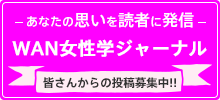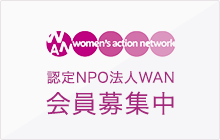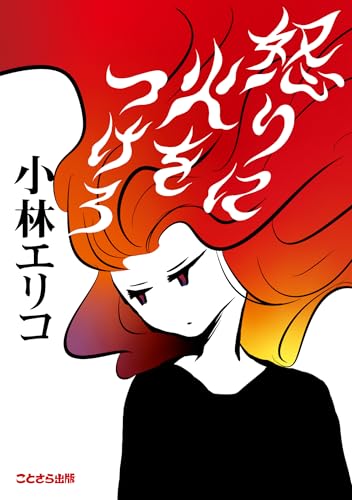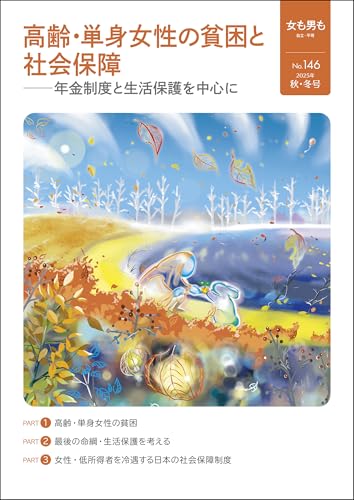2014.11.30 Sun
★The story behind the birth of Biwa Tea from Iwai-shima Island★
There is an island called Iwai-shima in Kaminoseki, Yamaguchi Prefecture. Since the plan to build a nuclear power plant on its opposite shore was made public in 1982, about 90% of the residents in this heart-shaped island have been against the construction.
Women in the island started sanchoku group in order to strengthen the economic basis (foundation?) of the community so that they would not need to rely upon the revenue promised with the construction of the power plant.
Iwai-shima Island is known as the producer of the fruit called biwa. Residents of the island have long made make tea with its leaves. Based on this experience, the women of the island decided to sell organic biwa tea, and this tea came to be known by many, through the support of women in different parts of the country.
★Biwa Tea Today★
30 years later, Biwa Tea became a very popular product, one that is often sold out.
Today, Ikuko is sharing the knowledge and skills of tea making with Atomi Okamoto and people around her. Atomi moved to the island from Tokyo right after the 2011 Tohoku earthquake and tsunami. Atomi says “I just wanted to return their kindness by my help, but it has become my life-work.” She continues, with her eyes sparkling, “I am attracted to this because I can work while talking with Ikuko about the meaning of the group. I just love the work of biwa tea making. It’s not repetitive. It is so much fun to make it based on changes in humidity, etc.”
★How is Biwa Tea made?★
You can find detailed descriptions of how to make biwa tea at Atomo’s website (http://hartland.jp), but here I would like to briefly introduce it to you:
1)Collect the leaves that absorbed the sunlight.
2)Wash the leaves and cut them into small pieces.
3)Naturally ferment the leaves.
4)Dry the fermented leaves in the sun.
5)Roast the leaves.
6)Place the tea in the package.
★How to drink Biwa Tea★
To drink the tea, you need to boil one table spoonful of tea (4g) in boiling water (about 1,800cc) for ten minutes. You can enhance the color and the taste by leaving the leaves in the water after stopping the heat.
Anyone, including small children and pregnant women, can enjoy this non-caffeinated tea. It is also believed to be effective for sore throats, coughing, skin problems, and swelling.
You can find more discussions on biwa tea here as well (http://wan.or.jp/market/?p=1027) (Japanese).
★How to order★
3 percent of the proceeds will be used for the movement against the construction of the nuclear power plant. By purchasing this biwa tea, we can deliver our support, appreciation, and respect to the people in Iwai-shima Island, who continue to fight against the construction of the plant.
To purchase, click here (http://hartland.jp). Click “How to Order.”
Price
100g 680yen (incl. tax)
50g 400 yen (incl. tax)
Why don’t we show our desire for a nuclear-free future through everyday shopping?
Original text in Japanese by Shin Yamaaki
Adapted and translated by Eiko Saeki
 慰安婦
慰安婦 貧困・福祉
貧困・福祉 DV・性暴力・ハラスメント
DV・性暴力・ハラスメント 非婚・結婚・離婚
非婚・結婚・離婚 セクシュアリティ
セクシュアリティ くらし・生活
くらし・生活 身体・健康
身体・健康 リプロ・ヘルス
リプロ・ヘルス 脱原発
脱原発 女性政策
女性政策 憲法・平和
憲法・平和 高齢社会
高齢社会 子育て・教育
子育て・教育 性表現
性表現 LGBT
LGBT 最終講義
最終講義 博士論文
博士論文 研究助成・公募
研究助成・公募 アート情報
アート情報 女性運動・グループ
女性運動・グループ フェミニストカウンセリング
フェミニストカウンセリング 弁護士
弁護士 女性センター
女性センター セレクトニュース
セレクトニュース マスコミが騒がないニュース
マスコミが騒がないニュース 女の本屋
女の本屋 ブックトーク
ブックトーク シネマラウンジ
シネマラウンジ ミニコミ図書館
ミニコミ図書館 エッセイ
エッセイ WAN基金
WAN基金 お助け情報
お助け情報 WANマーケット
WANマーケット 女と政治をつなぐ
女と政治をつなぐ Worldwide WAN
Worldwide WAN わいわいWAN
わいわいWAN 女性学講座
女性学講座 上野研究室
上野研究室 原発ゼロの道
原発ゼロの道 動画
動画


![[広告]広告募集中](https://wan.or.jp/assets/front/img/side_ads-call.png)












